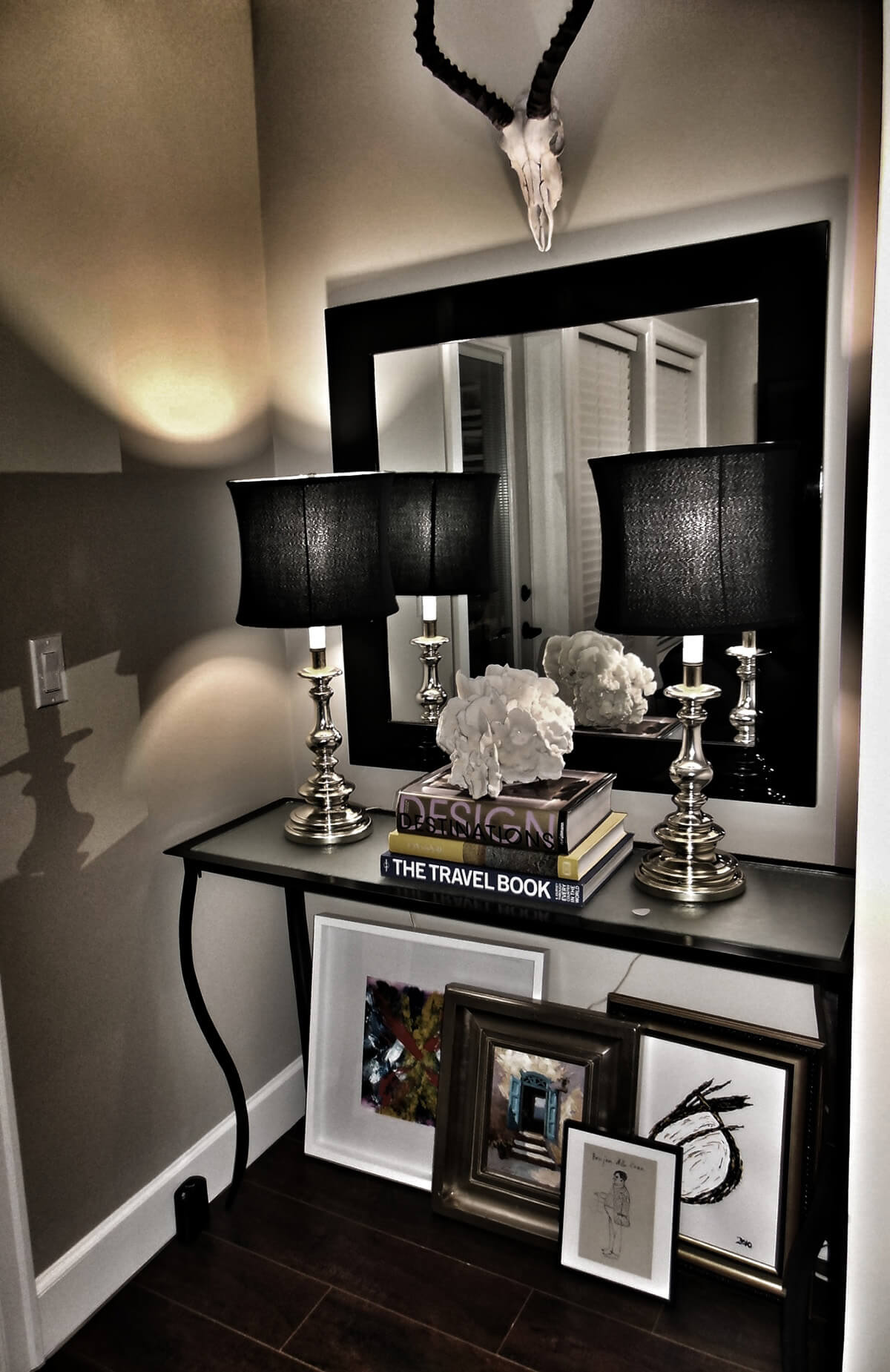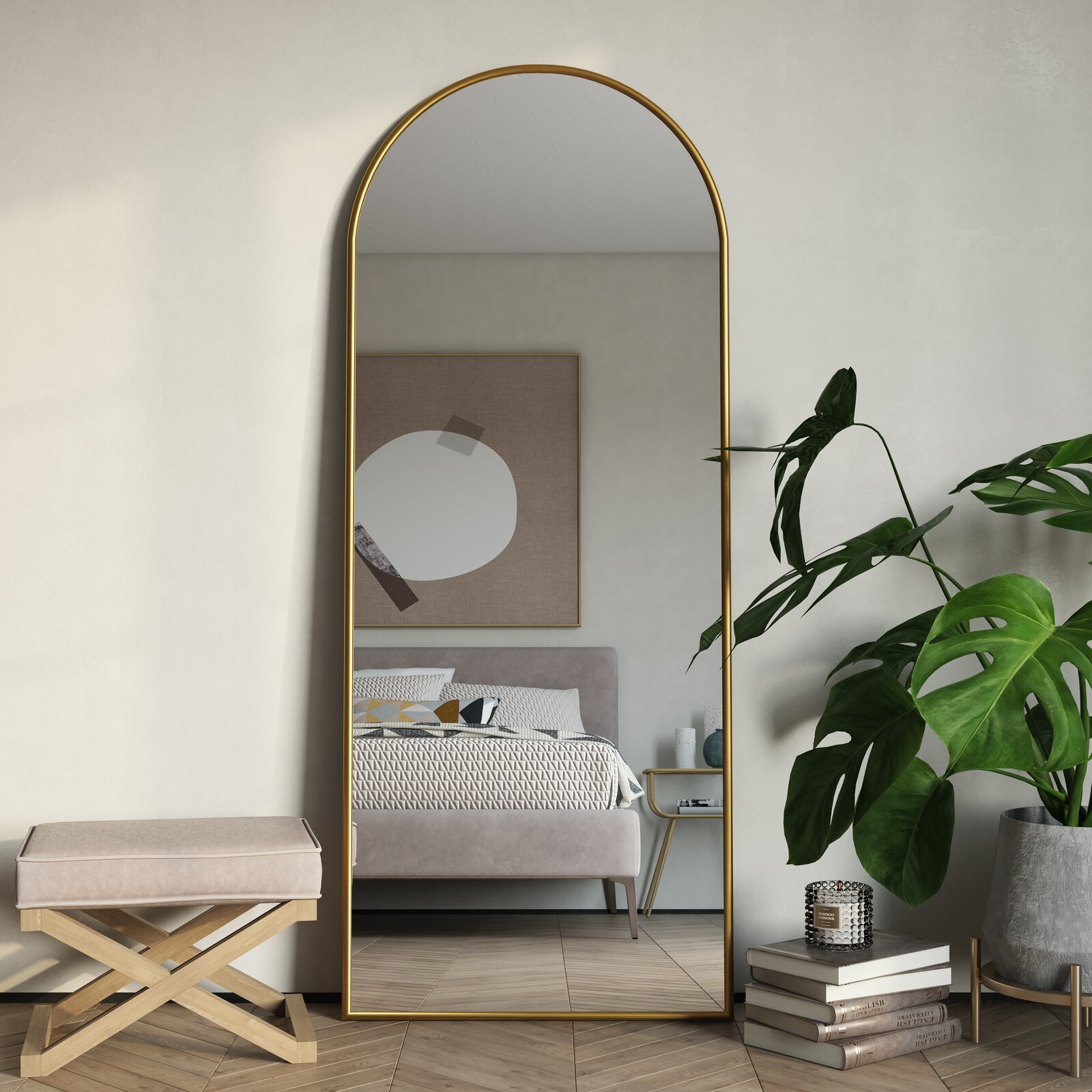
Interior design is all about creating a beautiful and functional space that reflects your personal style. One of the most effective tools in achieving this is the use of mirrors. Mirrors not only serve a practical purpose but also have the ability to enhance the aesthetics of a room. When used correctly, mirrors can make a space appear larger, brighter, and more visually appealing. In this practical guide, we will explore how to use mirrors effectively in interior design, providing you with valuable insights and tips to transform your space.
Understanding the Benefits of Mirrors in Interior Design

Before delving into the practical aspects of using mirrors, it is important to understand the benefits they bring to interior design. Mirrors have the power to:
- Increase the perception of space: Mirrors create an illusion of depth, making a small room appear more spacious.
- Enhance natural light: Mirrors reflect light, allowing it to bounce around the room and brighten up dark corners.
- Add visual interest: Mirrors can serve as stunning focal points, adding a touch of elegance and style to any space.
- Improve functionality: Mirrors placed strategically can help you check your appearance, making them a practical addition to bedrooms, bathrooms, and dressing areas.
Choosing the Right Mirror for Your Space

When selecting a mirror for your interior design project, it is essential to consider various factors to ensure it complements your space seamlessly. Here are some key considerations to keep in mind:
- Size and Scale: Choose a mirror that is proportionate to the size of the wall and the surrounding furniture. A large mirror in a small room may overwhelm the space, while a small mirror in a large room may get lost.
- Frame Style: The frame of a mirror can significantly impact the overall aesthetic. Consider the style of your space and choose a frame that complements it. For a modern look, opt for sleek and minimalistic frames, while ornate frames work well in traditional or vintage-inspired interiors.
- Shape and Orientation: Mirrors come in various shapes, such as rectangular, square, round, or oval. Consider the shape of the wall and the desired effect when selecting a mirror. Horizontal mirrors can create the illusion of width, while vertical mirrors can make a room appear taller.
Strategic Placement of Mirrors

Now that you have chosen the perfect mirror, it's time to think about where to place it for maximum impact. Here are some strategic placements to consider:
- Opposite a Window: Placing a mirror directly across from a window allows it to reflect natural light and bring brightness to the room.
- Behind Furniture: Placing a mirror behind furniture, such as a sofa or a console table, adds depth and creates a visually interesting composition.
- In Dark Corners: Dark corners can make a room feel gloomy. By placing a mirror in these areas, you can reflect light and instantly brighten up the space.
- As a Focal Point: Mirrors can serve as stunning focal points. Hang a large mirror above a fireplace or in the entryway to make a bold statement.
Using Mirrors to Create Illusions

Mirrors have the incredible ability to create illusions and visually transform a space. Here are some techniques to consider:
- Mirrored Walls: Installing a mirrored wall can instantly make a room appear larger, as it reflects the entire space.
- Mirrored Backsplash: In the kitchen or bathroom, a mirrored backsplash can create the illusion of more counter space and add a touch of glamour.
- Mirrored Furniture: Incorporating mirrored furniture pieces, such as a chest of drawers or a side table, can add a sense of luxury and elegance to a room.
- Grouping Mirrors: Grouping mirrors of different sizes and shapes together creates an eye-catching display and adds visual interest to a wall.
Summary

In summary, mirrors are a powerful tool in interior design that can enhance the aesthetics and functionality of a space. By choosing the right mirror, strategically placing it, and using it to create illusions, you can transform your room into a visually stunning and inviting environment. Remember to consider the size, frame style, and shape when selecting a mirror, and think about its placement to maximize its impact. Whether you want to make a small room appear larger, brighten up a dark corner, or create a stunning focal point, mirrors are your secret weapon in achieving these goals.









